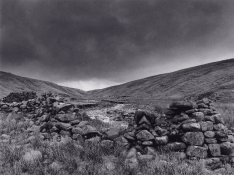Hi everybody.
I just want to know what is this (Low or High Key printing). How it works? How to do it? Requirements, ...
Thanks in advance,
jxprat
I just want to know what is this (Low or High Key printing). How it works? How to do it? Requirements, ...
Thanks in advance,
jxprat


 Great city Barcelona, was there last month & some great negs to print when I get back to the UK
Great city Barcelona, was there last month & some great negs to print when I get back to the UK 




